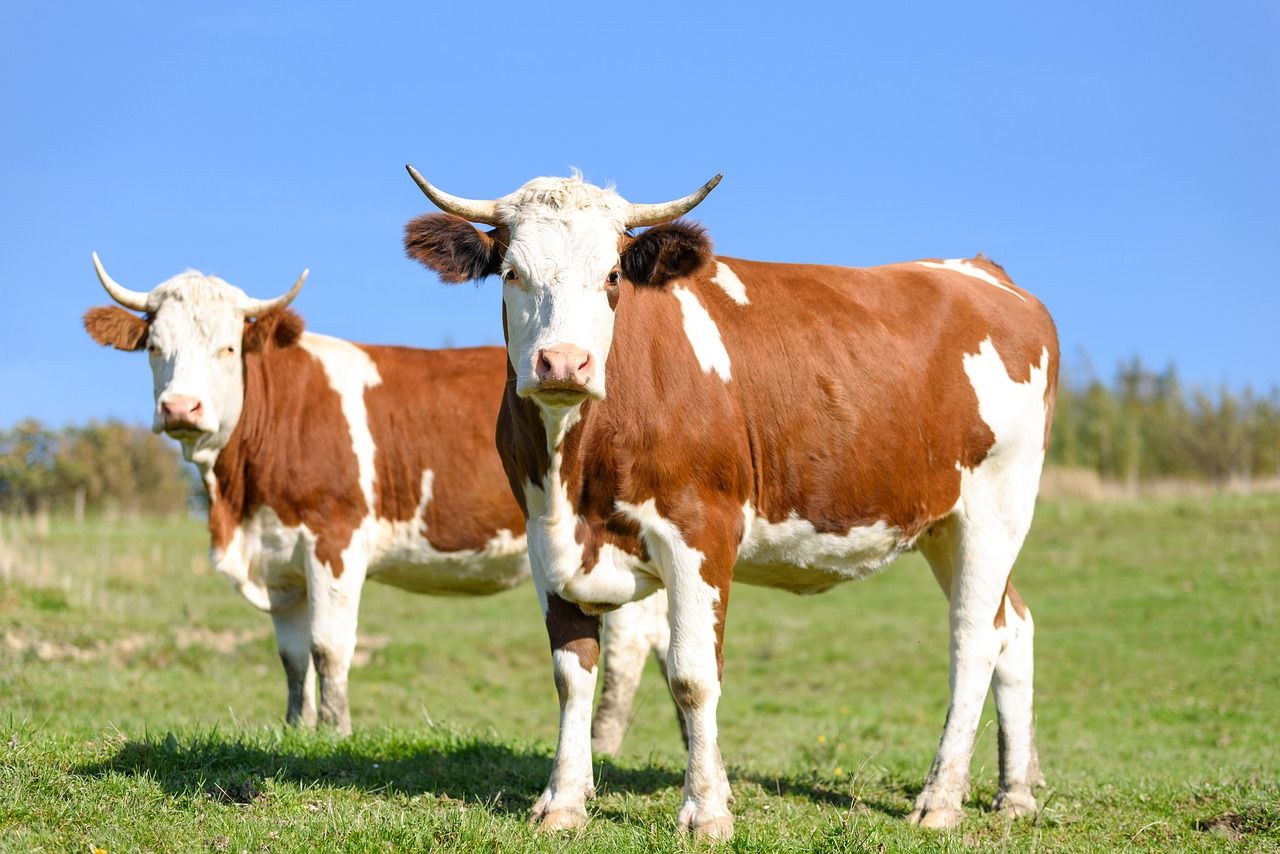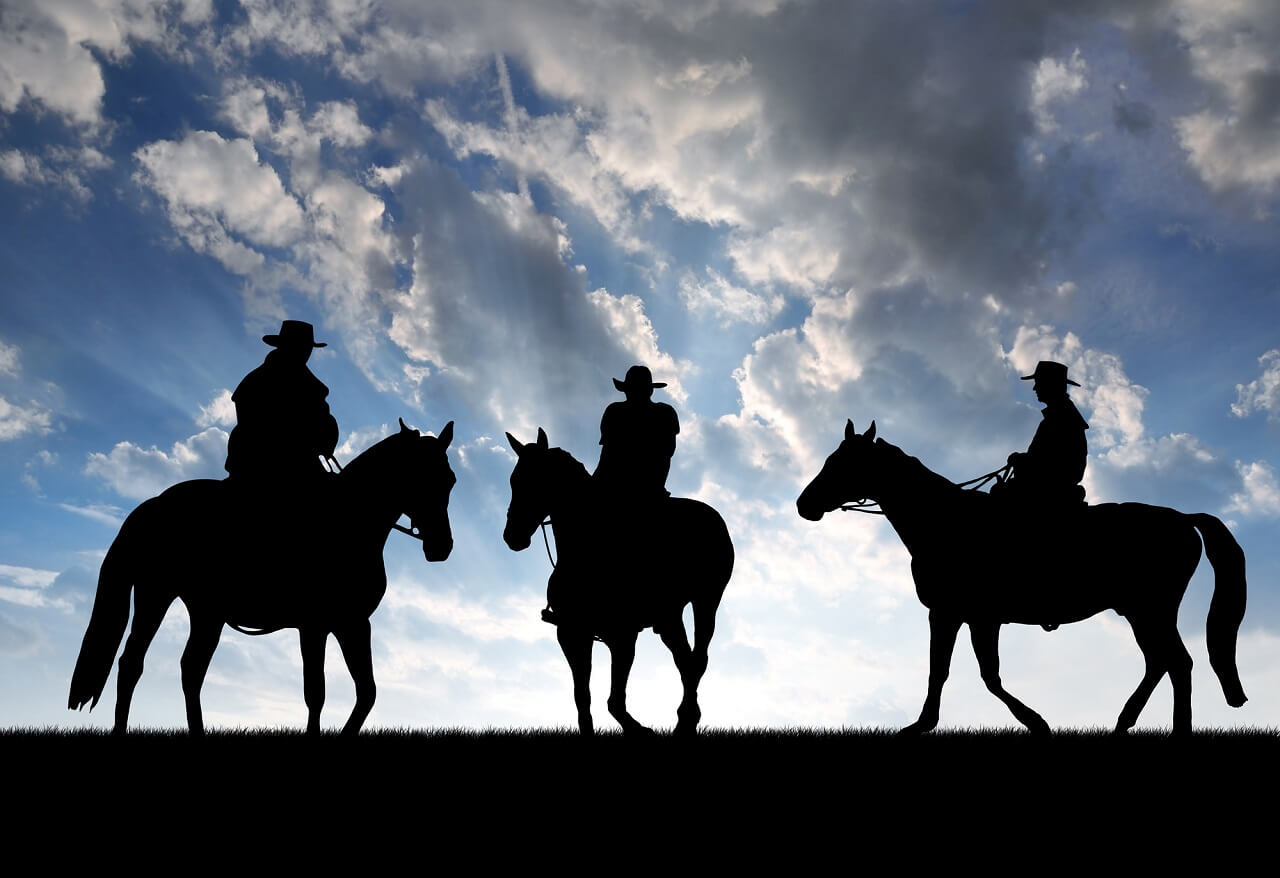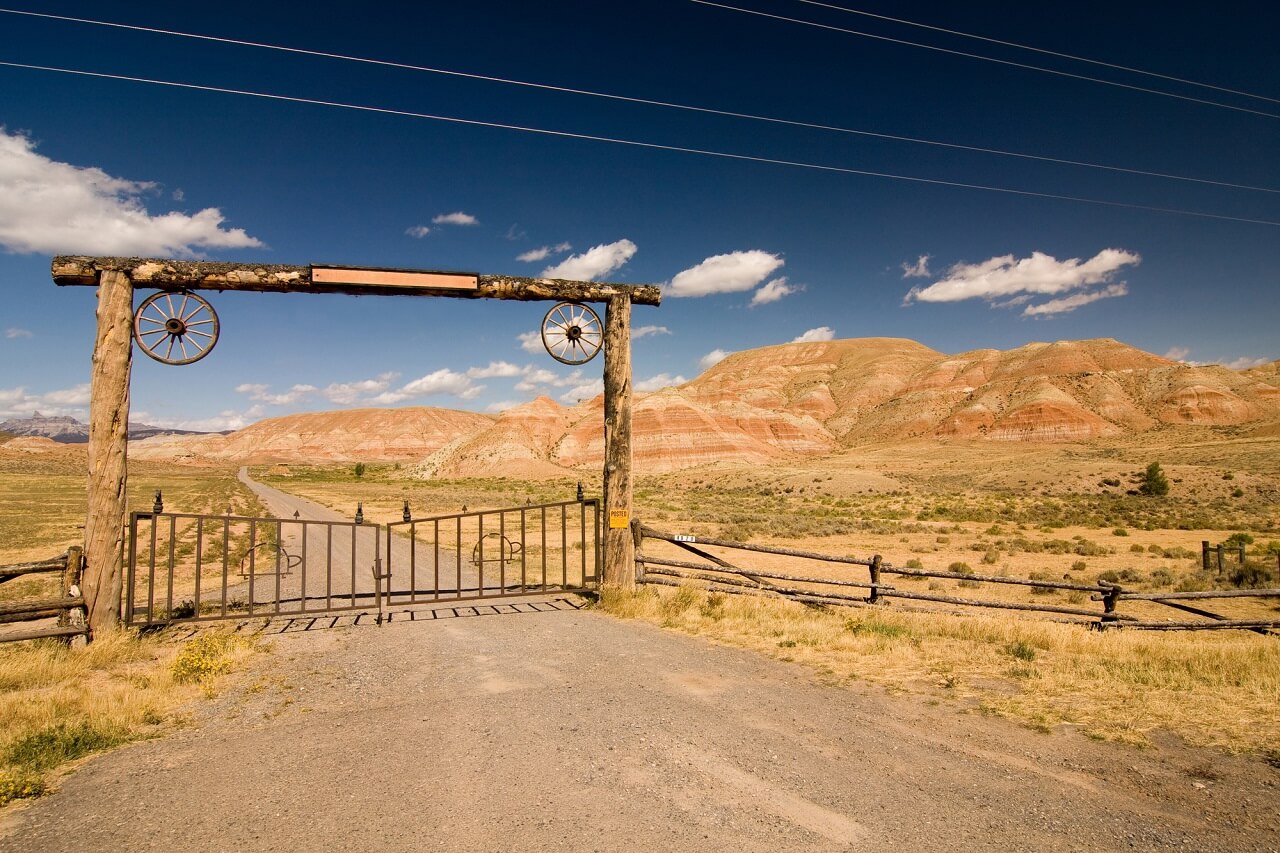A ranch is often a large landholding that focuses on raising one or more types of (grazing) animals in great numbers. The most popular version of this form of business in the United States is cattle ranching. What is cattle ranching and how does it work? Read on to learn more.
What You'll Learn Today
What is ranching?

When you raise any sort of animal in great numbers on a large tract of land, the enterprise can be termed ranching. Most ranches are set up for the raising of grazing animals. Examples include:
- Ostriches
- Alpacas
- Cattle
- Sheep
- Bison
- Emus
- Elk
Ranching is a fast growing industry. In fact, the raising of livestock in a ranch setting is spreading more quickly than any other agricultural sector worldwide.
In the United States, ranching began when European methods of livestock farming were brought to the New World. When the Spanish settlers came, they brought livestock which was used to establish ranches in the Uruguayan and Argentine pampas as well as the Mexican mountain ranges.
Ranching spread from the South American settings into the southwestern US.
What is cattle ranching?
In the United States, cattle ranching is the most important of the agricultural industries. In fact, it accounts for the greatest share of agricultural commodity total cash receipts. Currently, cattle ranching accounts for approximately 17% of the nearly $400B in cash receipts of agricultural commodities.
The beef industry in the United States is mostly separate from the dairy industry, and this is unique in comparison to the beef industry in other countries in which the animals raised may be multipurpose animals. For example in India water buffalo are raised for meat, leather and as beasts of burden.
Another quality that makes cattle ranching in the United States unique the fact that it is primarily a “fed cattle” industry. This means that these animals, rather than being primarily range fed, are grain fed. Furthermore, the population of the United States is also the largest consumer worldwide of this type of beef.
There are also cattle ranches that are considered cow and calf producers. These types of ranches produce cattle for show and breeding purposes.
Where is livestock ranching practiced?

Most ranching is done in dry, temperate areas. The Western United States and the South American pampas are excellent for livestock ranching. Additionally, Canada’s Prairie Provinces and the outback of Australia are well known for ranching.
In these areas, there is a great deal of open range for grazing cattle and other animals to roam. Australian ranches are called stations, and many of them are over 3861 square miles in size. In fact, the largest cattle station in Australia, called Anna Creek, is 9266 square miles in total.
What is open range ranching?
The concept of open range ranching started during the Civil War when vast herds of privately owned cattle were allowed to graze freely and unbranded on open public land.
In the United States there are millions of open acres of land belonging to the public. Open range ranchers takes advantage of this land by running privately owned cattle over it.
The fact that cattle ranchers are able to run their own cattle over public lands at little or no cost has enabled them to become quite wealthy raising cattle without the expense or responsibility of owning most of the necessary acreage.
Most of these ranchers do own a smaller base of operation, and in fact many of them may own millions of acres on their own. Even so, they are able to benefit greatly from America’s public lands.
The ability to freely graze privately owned cattle on unfenced public lands has made it possible for many cattle ranchers to become exceedingly wealthy.
How does ranching work?

Ranches are usually family owned and run. Outside ranch hands may be hired to provide supplemental labor, especially during the busiest seasons of the year, but most ranchers depend on family members for reliable, ongoing labor.
A rancher supervises all ranch operations, such as:
- Choosing stock
- Rotating stock
- Overseeing breeding
- Interacting with vendors
- Working closely with a veterinarian
In addition to caring for the stock, the rancher must oversee and attend to the maintenance of buildings, fencing and pasture land. He or she must also hire and fire ranch hands, bookkeepers and other necessary employees.
In addition to caring for cattle and other livestock, a rancher must make plans to purchase and/or grow feed.
Here is our guide on buying a ranch.
What kind of person makes a good rancher?
Not everyone can be a rancher. Generally speaking ranchers must be very self-determined, introspective, intellectual and capable of independent critical thinking. They must be analytical, logical, rational and capable of working in a methodical manner.
Ranchers usually live on the ranch and may not have a great deal of frequent interaction with the community. They must typically be capable of working independently and of forming good relationships within their communities.
Working as a rancher is outdoor work that is quite physically demanding. It requires a real skill for multitasking and involves working well with others, handling large animals, caring injured and sick animals, keeping equipment, fences and buildings in good repair and much more.
Very useful information. When I was a child, I always dreamt of being a rancher riding my horse around the country.